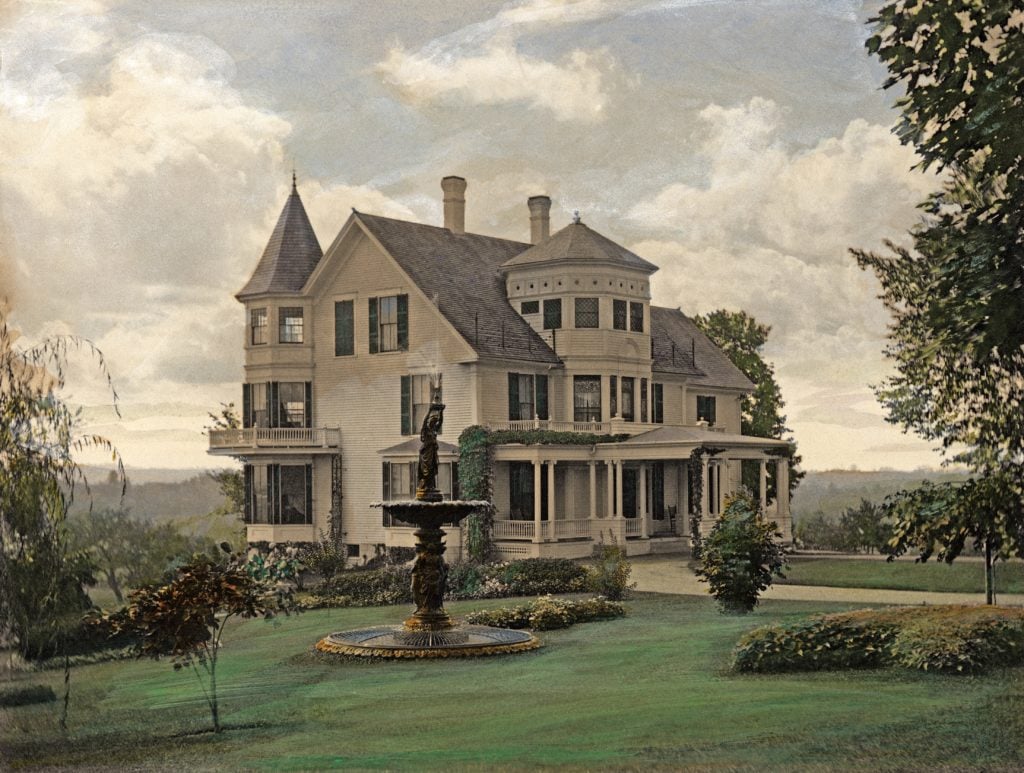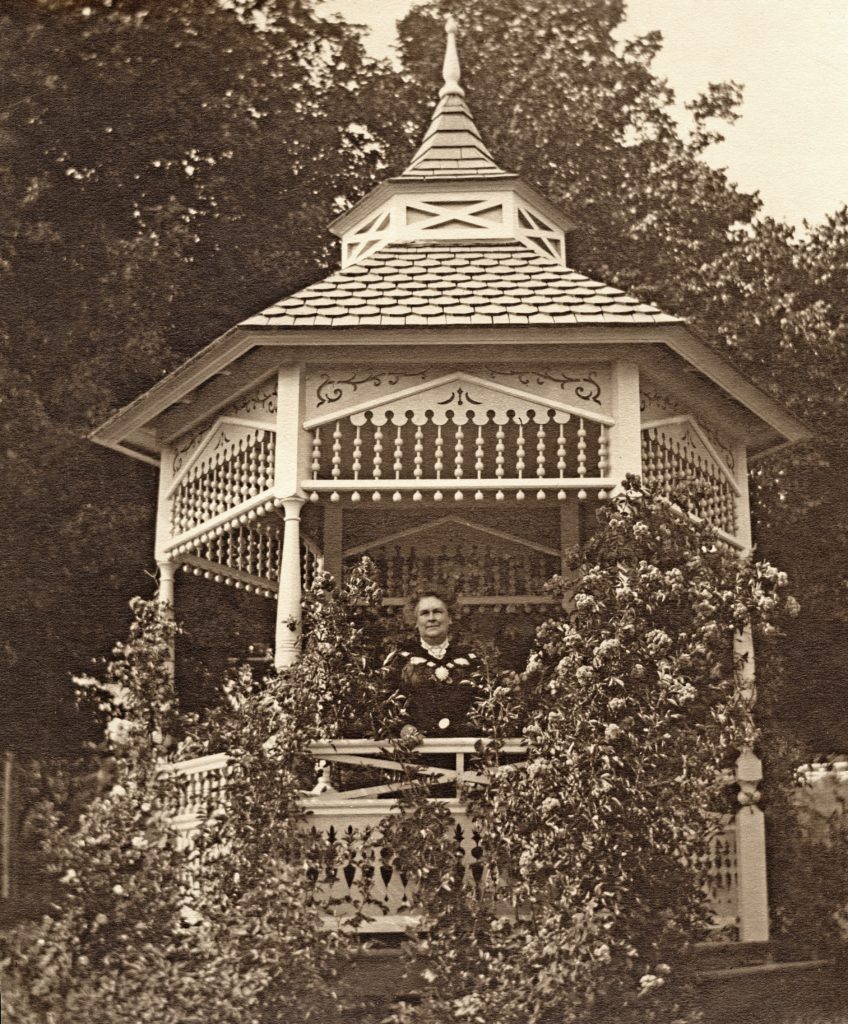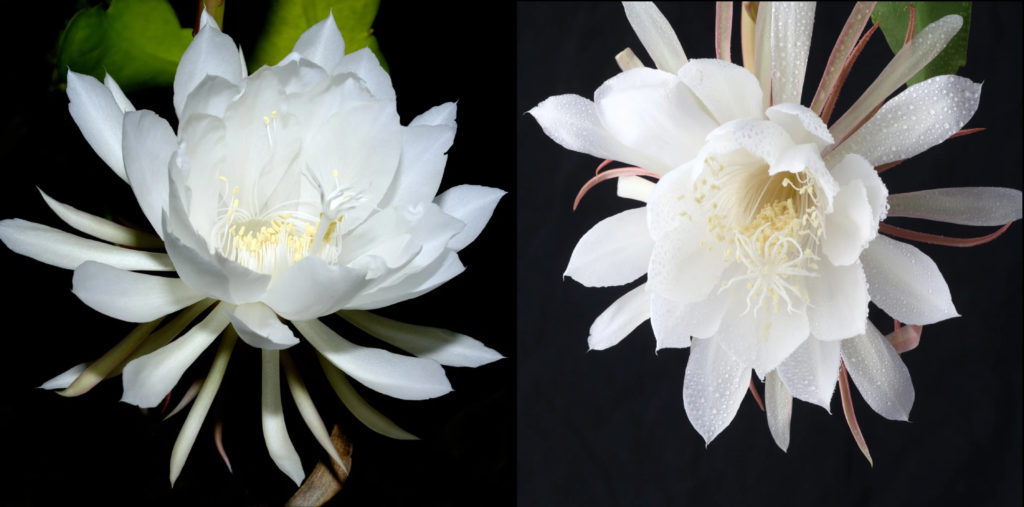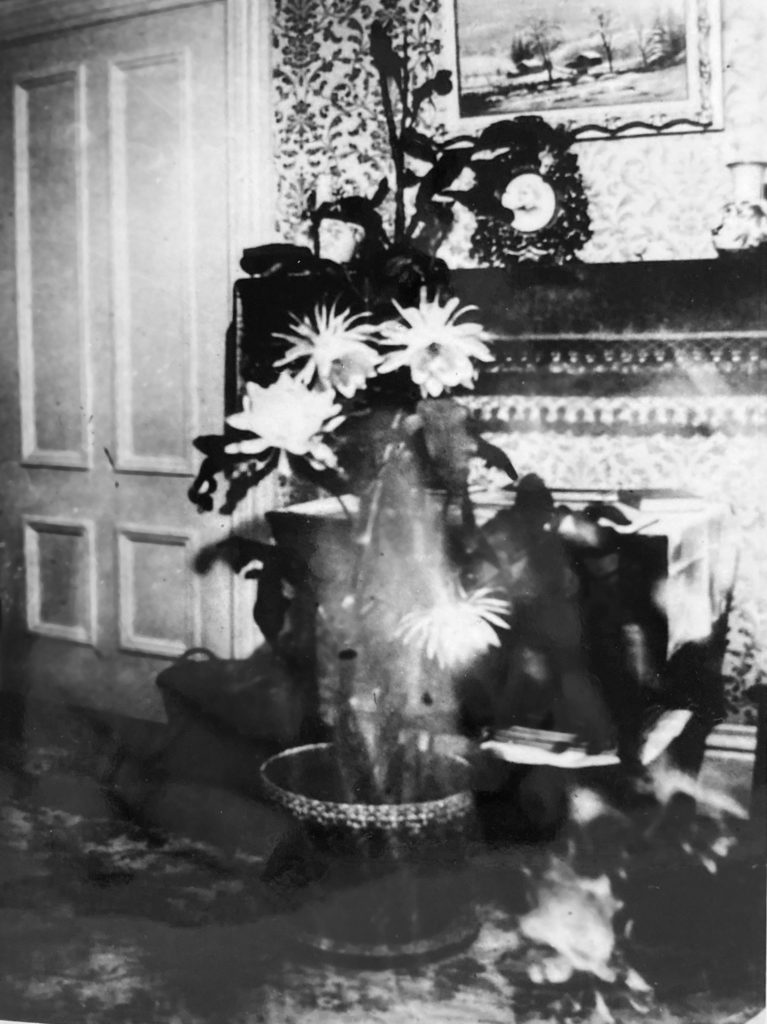This is one in a series of occasional “Historical Moments” articles that offer brief accounts of events of interest in Christian Science history.
“A home should be something more than four walls,” Mary Baker Eddy once told her student Irving Tomlinson. “There should be about it noble trees, beautiful shrubbery, flowers, vines clambering over the house, and a rose garden.”
“And that,” Rev. Tomlinson pointed out, “is what she made of the desolate spot transformed into Pleasant View.”1

Indeed she did. At her direction, the grounds were planted with beds of pansies, lilies, sweet peas, and hyacinths. There were rose bushes, wildflowers, apple trees, and more.2

Handyman and groundskeeper John Salchow remembered that in the springtime as many as three or four hundred neighbors and townsfolk would visit the estate to admire the tulip display.3
Once, when Rev. Tomlinson was admiring a bouquet of roses, her favorite flower, Mrs. Eddy turned to him and asked, “You do love the flowers, don’t you? And a flower is a symbol of infinite good.” Later that day, he found the bouquet in his room.4
Mrs. Eddy and the members of her household were in for a rare treat one August evening in 1904. Earlier that day, Mrs. Eddy had sent Tomlinson, who was living downtown at the time, a cryptic letter. “If you are fond of flowers and would like to see something nice,” she wrote, “take a walk out to Pleasant View this evening, at nine o’clock or after, but not before.”5
It would turn out to be a night to remember. As Tomlinson and members of the Pleasant View staff gathered in eager anticipation, the reason behind Mrs. Eddy’s mysterious note was revealed. A night-blooming cereus, a species of cactus that only blooms at night – and sometimes just once a year for a single night – was expected to open!

“As most of us had never seen one of these plants we were very curious,” recalled Minnie Weygandt, one of the cooks.6 But as the appointed hour crept closer, the household began to worry. Mrs. Eddy, who presumably wasn’t finished with her day’s work, had not yet joined them. Would the cactus blossom before she arrived? Or too late, after she retired for the night?
Ella Lance Willis, who was serving in the household at the time, “took up the work to know that there was no material law to hinder the unfoldment of God’s purpose and that this plant would bloom in time for Mrs. Eddy to see it,” Minnie observed.
And it did.
“Mrs. Willis had done good work,” Minnie continued, “for promptly at nine the six blooms unfolded in fairylike beauty and Mrs. Eddy was able to enjoy them.”7

“The floral apostles are hieroglyphs of Deity,” Mrs. Eddy writes in Science and Health with Key to the Scriptures.8 Clearly, the night-blooming cereus which she and her household witnessed on that delightful summer evening at Pleasant View counted as one of these hieroglyphs, a beautiful “symbol of infinite good.”9